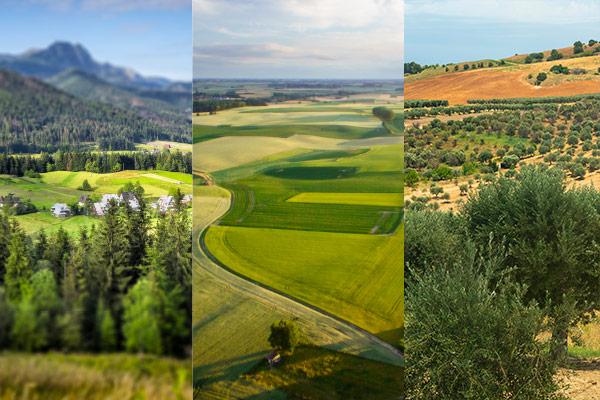Reims recently hosted the 2025 Integrated Administration and Control System (IACS) Community Exchange Conference (ICE), gathering more than 400 experts, policymakers, and industry representatives to explore how satellite technology and data-driven systems are reshaping agricultural monitoring in the EU.
Organised by the European Commission’s Directorate-General for Agriculture and Rural Development (DG AGRI), together with the Joint Research Centre (JRC) and the French Services and Payment Agency (ASP), the annual flagship event highlighted practical ways that digital innovation is transforming farmland management and supporting the Common Agricultural Policy (CAP) as it prepares for its next phase beyond 2027.
A central theme of the 2025 conference was the growing role of satellite-based Area Monitoring Systems (AMS) in delivering CAP payments. By automating parcel checks and enabling farmers to update their applications almost until payment deadlines, AMS has reduced penalties and cut paperwork. In 2024 alone, over 3 million hectares were corrected thanks to AMS.
According to DG AGRI, Member States are now seeing clear returns on their investment, with fewer administrative burdens and fewer on-the-spot farm inspections. Together with the Geospatial Aid Application (GSA) and the Land Parcel Identification System (LPIS), AMS forms part of IACS—a uniquely comprehensive system now covering over 90% of EU farmland.
Discussions in Reims also looked ahead to how Earth Observation technologies might be expanded to new areas such as forest and soil health. Delegates welcomed the proposed European Land Monitoring System (ELMS), designed to combine satellite imagery with data from machinery and laboratories.
A recurring message was the need to put farmers at the centre of CAP’s digital future, with emphasis on data ownership and consent. Many Member State representatives underlined that any data-sharing initiatives must ensure transparency and safeguard farmers’ rights.
The conference also addressed the importance of satellite continuity. Participants stressed the need to maintain the Sentinel-2 configuration to guarantee reliable agricultural monitoring, calling on the European Space Agency (ESA) and the European Commission to continue supporting civil use cases in agriculture.
As the EU’s largest civil user and buyer of high-resolution satellite imagery, DG AGRI, with support from the JRC, continues to play a pivotal role in driving agricultural innovation. The Reims conference confirmed ICE’s role as a vital platform for knowledge exchange, policy dialogue, and practical cooperation, ensuring that new technologies remain aligned with both CAP goals and the needs of Europe’s farmers.
